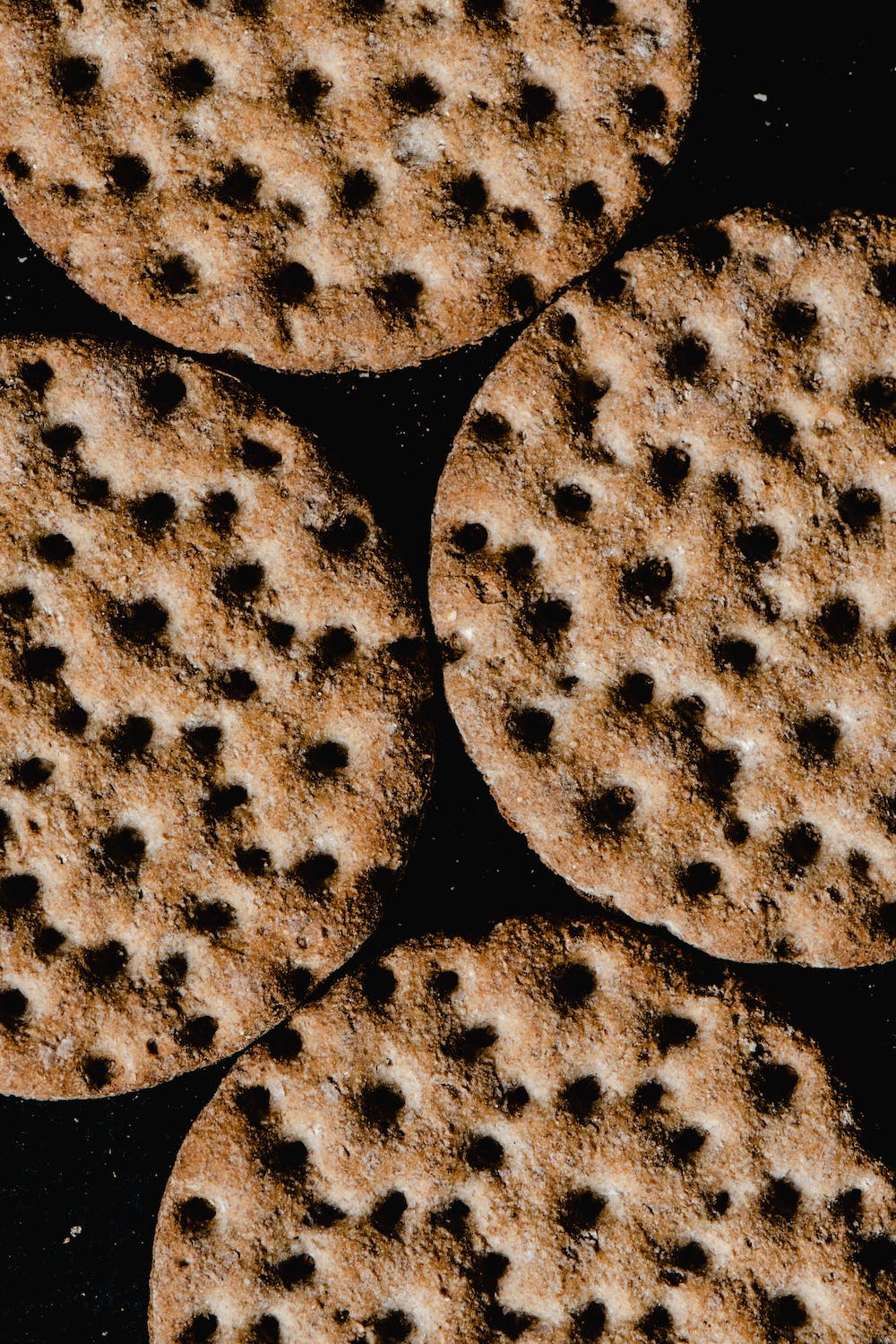Ship’s biscuits, also known as hardtack or sea biscuits, are a type of dry and hard bread or biscuit that was commonly used as a staple food on long sea voyages. They have a long history and were particularly popular during the Age of Sail when sailing ships were the primary mode of long-distance transportation.

Ship’s biscuits were made using simple ingredients such as flour, water, and sometimes salt. The dough was typically rolled out and cut into large, flat rounds, which were then baked at a low temperature for a long time to remove as much moisture as possible. This drying process gave the biscuits a long shelf life, making them ideal for extended journeys at sea.One of the main advantages of ship’s biscuits was their durability.
They could withstand the harsh conditions of life at sea, including high humidity and rough handling, without spoiling. They were also resistant to mold and insects, which made them a reliable source of sustenance during long voyages when fresh food was scarce.

However, ship’s biscuits had a reputation for being extremely hard and dry, earning them the nickname “tooth dullers” or “molar breakers.” To eat them, sailors often had to soak the biscuits in water, tea, or broth to soften them before consumption. In some cases, they would be crushed or pounded into smaller pieces and used as a base for stews or soups
Ship’s biscuits played a crucial role in the diets of sailors and explorers throughout history. They were a staple food item on naval vessels, pirate ships, and merchant vessels during long voyages. They provided sustenance and energy to sailors, although their lack of nutritional value and monotony in taste made them less than desirable.
Today, ship’s biscuits are still produced and enjoyed as a historical food item, often served as a novelty or a part of reenactments and historical events. They serve as a reminder of the challenges faced by sailors in the past and their reliance on basic provisions to sustain themselves during their journeys at sea.
